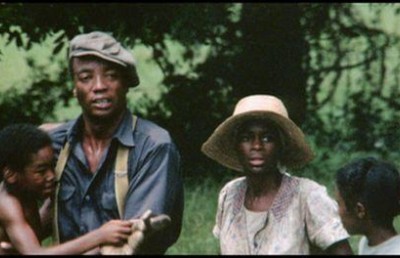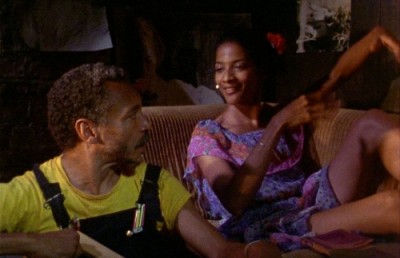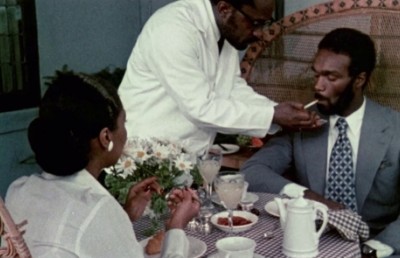Love and Resistance in the Work of Barry Jenkins
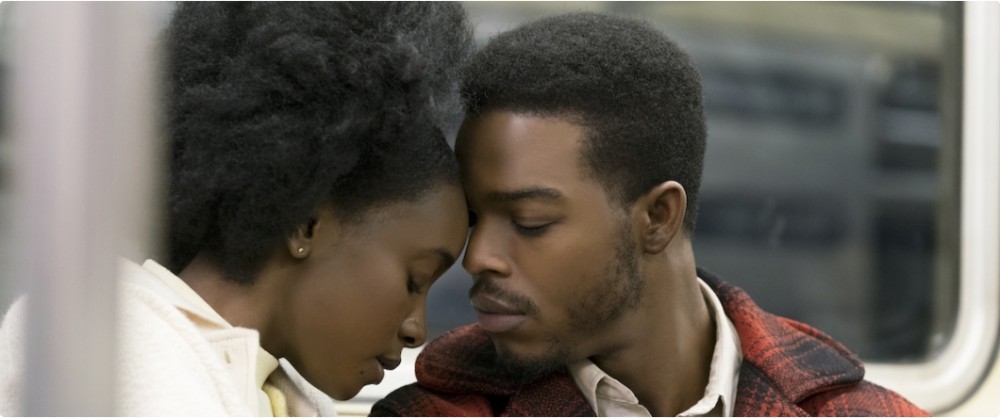
Barry Jenkins’ career thus far consists of four major projects: Medicine for Melancholy (2008), Moonlight (2016), If Beale Street Could Talk (2018), and The Underground Railroad (2021). The gaps between works have reduced the more Jenkins has completed, likely a result of the phenomenal success of sophomore feature Moonlight, which made history five years ago as the first film with an all-black cast to win the Academy Award for “Best Picture.” Jenkins’ career is relatively young, but already demonstrates an interest in both original stories (Medicine) and adaptations of existing material (James Baldwin’s seminal Beale Street and Colson Whitehead’s Pulitzer Prize winning The Underground Railroad), an interest in the format of feature film (his first three works) and television miniseries (his fourth), in the modes of small-scale independent cinema (particularly Medicine) and the Hollywood blockbuster (his next directorial effort will be an untitled Lion King prequel). By examining the details of each of Jenkins’ four directed projects, by drawing parallels and making comparisons between them, it becomes increasingly clear that they unite as a body of work that stakes a claim for one of the vital voices in contemporary film and television.
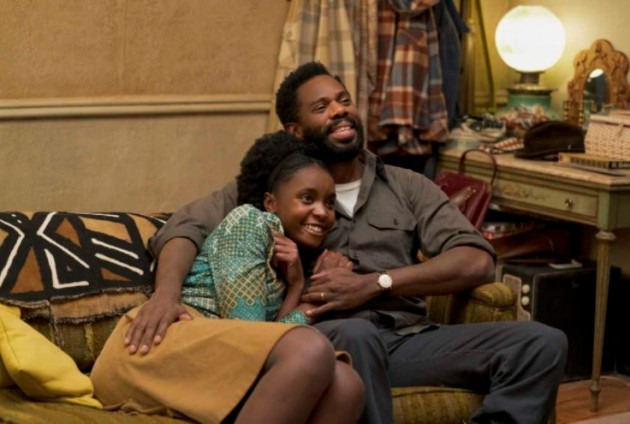
If Beale Street Could Talk
For all his range, Jenkins’ career to date showcases a set of interlinked focuses on the marginalised, the ideal of love and its resistance of external interference, systemic oppression, the criminal justice system, the construction of identity, isolation, addiction. Perhaps summarising the defining characteristics of his work is Moonlight, the queer coming-of-age drama anchored by Chiron (Ashton Sander), who grows up with the nickname “Little” (when he is played by Alex Hibbert) and as an adult adopts “Black” (then played by Trevante Rhodes). Chiron’s mother Paula (Naomie Harris) is the underpinning problem across these different age stages; she is an abusive drug addict whose neglect for her son causes him to turn to a surrogate family led by Juan (Mahershala Ali), a drug dealer who becomes the father figure Chiron does not have. Little and Juan’s paths cross serendipitously, when Juan finds Little hiding from a group of bullies in a crack house, but the narrative’s proliferation of chance situations soon develops into a central theme of fatalism.
Moonlight’ s distinctly three-Act shape – one Act for each age stage/nickname – symbolises structural interdependence, complicating linearity and providing the sense that Little, Chiron, and Black are in conversation with one another as narrative episodes as much as versions of the same person. The transitions between these episodes are highlighted in moments such as when Chiron opens Act Two by shrugging off the nickname Little in a high school classroom, and the anticipatory dream sequence where Chiron stumbles on best friend and love interest Kevin having sex with a girl from their school: the first time Chiron is referred to as Black and the only time outside of Act Three. These semantic links and connections speak for the film’s broader predeterminism, which amplifies the powerlessness of Chiron within this framework, who throughout his life and no matter which nickname he goes by is mistreated for both the colour of his skin and his sexual preference.
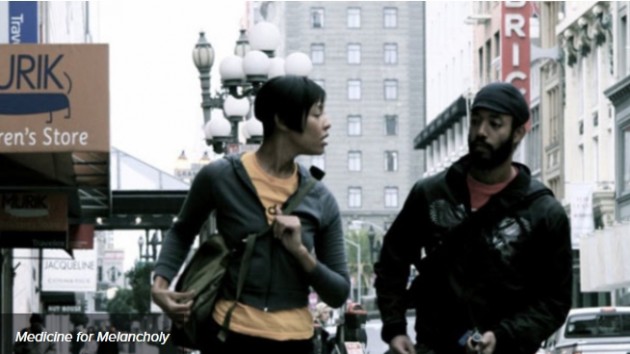
This idea of interdependence operates in the bigger picture of Jenkins’ career, too. From Medicine for Melancholy to The Underground Railroad, themes recur, dialogue exchanges echo one another, and ideas are revisited for the purpose of extension and expansion. Take Medicine, Jenkins’ debut, a love story set over twenty-four hours in San Francisco. Like Chiron, protagonists Micah (Wyatt Cenac) and Jo (Tracey Heggins) are defined by a necessarily survivalist impulse. The film begins with Micah waking up hungover at a house party and composing himself in the bathroom mirror; as comes through in later dialogue, Micah is constantly self-aware, looking at himself (in this case, literally; at other moments, figuratively) and ensuring that he remembers that he is African American. The self-labelling serves to both empower and offer a defence mechanism, because Micah will not let his identity diminish his worth but must always be on high alert and ready to fight for that worth. During a pivotal scene towards the end of the film, Micah verbalises this unfair predicament, asking Jo how she defines herself, declaring that he considers himself black before a man when identifying as a “black man.” Micah probes Jo for an answer and ranking of her own, but she refuses. Projecting a possible future to their brief affair, Micah tries to persuade her that her long-distance relationship with a wealthy, white art curator has no longevity. People like them, in a country like theirs, have to stick together in order to live.
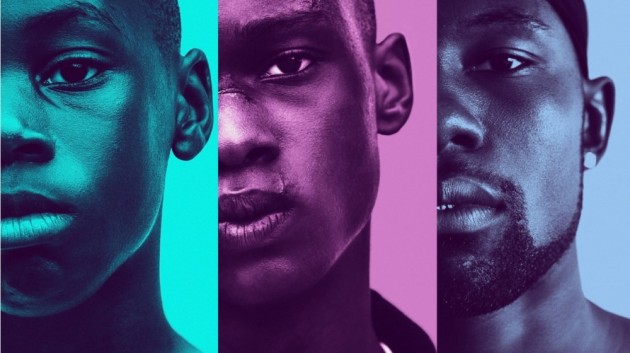
Moonlight
Both Micah and the film he is in entertain the possibility that a romantic relationship together will help them do this, while also making them happy. After waking up at the same house party, with a hazy memory of drunkenly sleeping together the night before, Micah persuades a reluctant Jo to go for coffee with him. The subsequent scene has all the makings of a bad first date: the pair did not exchange names the night before, but do so now; conversation does not flow, Micah breaking the ice (“So what do you do?”) and Jo responding defensively (“Where do I work or what do I do?”); Jo storms out of their shared cab as soon as it arrives at her house, without a goodbye. Fortunately for Micah, Jo leaves her wallet in the cab, which has her address in it, which Micah personally delivers to her house. Here, Jo’s interest in the bumbling, charming, likeable Micah supersedes her resistance to his advances: despite specifying the elephant in the room (her curator boyfriend), Jo is won over by Micah’s Mr. Roger’s impression and is genuinely intrigued by details of his idiosyncratic job installing aquariums for a living. Micah notes that it “just seems weird that as a curator he doesn’t really have any art on the walls”; Jo does not refute or challenge the observation. As quickly becomes apparent, she chooses to forget about the existence of her boyfriend.
Medicine unfolds in a similar way to Ava DuVernay’s Middle of Nowhere (2011), if we shift the locale to Compton and include an absent partner who is in jail rather than just out of town (an incarceration narrative that reworks Baldwin’s model in If Beale Street Could Talk, and by extension Jenkins’ adaptation of it). Medicine adopts a similar sensibility to DuVernay’s debut, I Will Follow (2010), too. The pair of directors have enjoyed a similar career trajectory – DuVernay’s awards recognition came with MLK biopic Selma (2014), and her most recent two projects were a Disney film (A Wrinkle in Time (2018)) and a critically acclaimed television miniseries about a pivotal moment in African American history (When They See Us (2019)) – and it is not a coincidence that they both begun making comparatively small, independent films that occupy the generic space of “dramedy” while raising issues of race, redlining, gentrification, and other ground level impacts of systemic inequality. The specifically San Franciscan manifestation of redlining and gentrification in Medicine can be compared to Joe Talbot’s The Last Black Man in San Francisco (2019). Jenkins’ film stages the tension between being reduced by this imbalance and striving to correct it, affirming that love is an empowering defiance of the obstacles preventing African American opportunity, success, happiness. As Medicine draws its final breath, with Micah watching Jo cycle away from his apartment and possibly back to her own life, we cling on to the hope that she is not, that she will come back and their love with be given the space and time to grow, despite the cut to black’s refusal to let us see concrete evidence of this.
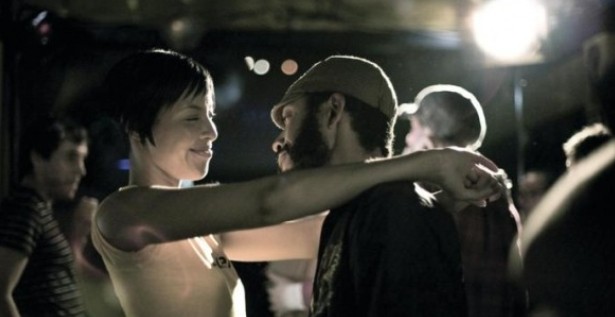
The Medicine of Melancholy
Moonlight ends with an equally noncommittal provocation, cutting to either a flashback or dream sequence (the film often blurs the line between these) of high school aged Chiron on a Miami beach watching the tide come in, his head on Kevin’s shoulder. It is especially fitting that Jenkins’ second film carries over this equivocal approach to narrative conclusion, because its protagonist himself is a man of few words, a man who has carried a secret throughout his life so shrouds himself in mystery. In the film’s final chapter, Black (who has fallen down the exact path Juan tried to deter him from and is now a drug dealer in Atlanta) meets an adult Kevin at his restaurant after a phone call out of the blue, who he learns has a child by an ex-girlfriend. Kevin tells Black “you ain’t changed one damn bit. You still can’t say more than three words at one time”, recalling Juan’s joke the first time Little stayed with him and girlfriend Teresa (who becomes a stand-in for Chiron’s mother and is played by Janelle Monáe): “You don’t talk much but you damn sure can eat.” After this first meal, Teresa asks Little if he wants to be taken home, which he immediately and desperately declines, so he stays the night and joins this new family.
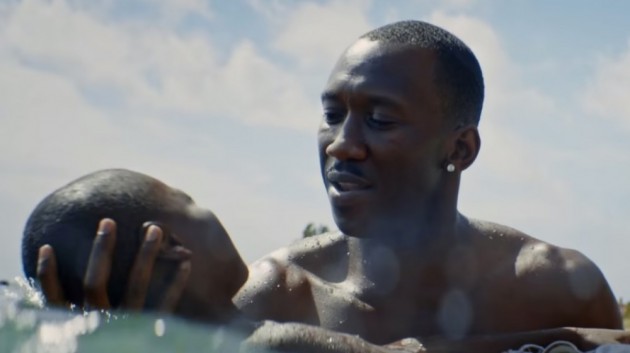
Moonlight
Like Medicine’s, the characters of Moonlight are defined by their survivalism. Little finds a surrogate family to give him what his single mother does not. At one point in Act One, Juan teaches Little to swim; at another, he explains to him what the word “faggot” means; at another, he teaches him a valuable lesson about always sitting in a room facing the door, so that your back is never vulnerable. The training draws parallels with a scene in George Tillman Jr.’s The Hate U Give (2018), where a dad runs his family through stop-and-search drills at the dinner table, ensuring that his children know how to act when – not if – they are pulled over the police because of the colour of their skin. Juan primes new lessons and instructions to pass on to Little because he knows how much someone like him will need them, compounded by the lack of influence around Little and the absence of loved ones. At every stage of his life, Chiron snatches these opportunities to learn, which mirrors the malleability and adaptability of Jenkins’ latest protagonist: The Underground Railroad’s escaped slave Cora (Thuso Mbedu). Cora spends the entire series evading capture by monomaniac slave catcher Ridgeway (Joel Edgerton). She traverses the deep south, escaping one location and situation after another: a plantation in Georgia, a city in South Carolina where the black community are being controlled through coerced sterilisation, an attic in North Carolina, an independent black community and winery in Indiana, more. Each location, more or less given its own episode, poses a new set of obstacles for Cora: genuine allies, duplicitous enemies, fellow escapees. Her travels are connected by an imagined, literal underground railroad spun from the real-life network of abolitionists, hidden routes, and safe houses operating in the early to mid-1800s. Cora’s story is entirely one of resistance, of perseverance, of survival.
As is Alonzo “Fonny” Hunt’s (Stephan James), which details how he is falsely held in prison for rape in If Beale Street Could Talk. During this time, Clementine “Tish” Rivers (KiKi Layne) fights to prove her lover’s innocence before the birth of their child. The American (in)justice system separates Tish and Fonny and threatens to ruin them, but their love prevails. Even the film’s final moments – which refute the couple’s longing for Fonny to be out in time for the birth of their child – accentuate that they will not be broken. Earlier in the film, Tish’s voiceover narration says that “I hope that nobody has ever had to look at anyone they love through glass”, and this pain is unabating (and can only have increased by the ending), but it never reduces her determination to keep loving Fonny and fighting for his freedom, with their child in her arms as she does so. Jenkins’ film is told with a nonlinear structure and cuts between the beginnings of Tish and Fonny’s relationship and their time separated by prison bars; this division emphasises the difference in tone between these chapters in their lives, but the flashbacks still depict a world that has it out for them, almost foreshadowing their ability to love freely being snatched away from them. We see them struggle to find a New York apartment in the 1970s as landlords repeatedly reject them on the basis that they are black. We see them settle on a warehouse being converted to loft apartments because they have no other option. In one of the most memorable scenes of the film, we see Levy (the empathetic Jewish landlord who rents to them at a good rate, played by Dave Franco), carry invisible furniture with Fonny as the three joke about how imperfectly perfect this new living arrangement is. Tish and Fonny’s love has not wavered since Beale Street’s opening scene – as Tish’s voiceover establishes, “I finally understood that he was the most beautiful person I had seen in all my life.”
All four of Jenkins’ projects meet at this intersection: African American life is a struggle, in the past and in the present, but the most powerful symbol of resistance to the oppression is the love shared amongst the black community. At one point in Moonlight, Paula tells Chiron that despite everything “You’re my only. I’m your only”, and this idea speaks for Jenkins’ perennial interest in making human connections, whether this is within twenty-four hours in Medicine for Melancholy or over the unspecified number of weeks and months that Fonny is held in prison and Cora is on the run from Ridgeway. But connection is a particularly tricky thing to navigate for Chiron, as inherited from his mother. As he tells Kevin (as Black) during their reunion in the final section of the film, Kevin was the only one he ever loved: “I haven’t really touched anyone since.” The fleeting moment of reciprocated passion during Act Two they are referring to is picture perfect: they sit on the beach, smoking a joint, opening up about their individual feelings and discussing the idea of being able to cry, before sharing a kiss and a first sexual experience together. This section of the film ends with Chiron getting beaten up by a version of Kevin who must protect himself and stay in the good books of the school bullies, who have it out for Chiron. Later, Chiron gets his own back and breaks a classroom chair over their leader Terrel (Patrick Decile)’s head, so gets escorted away from school in handcuffs.
This isolated narrative moment speaks for what separates Barry Jenkins’ second film from his first, third, and his television work. Moonlight’s journey towards overcoming adversity and being able to resist is the most taxing and difficult of anything Jenkins has worked on. But the reunion with Kevin years later leaves the opportunity of love there to be taken, similar to the way Medicine ends. At Kevin’s restaurant, Black locking eyes with him as he comes out of the kitchen plays out over silence (as Jenkins does so often with pivotal shots in his work), and then introduces the sound of the next scene non-diegetically while Black and Kevin still lock eyes. It is a master stroke from an artist that both highlights his own stylistic and aesthetic details and makes them look effortless – like they are coming from a filmmaker whose career has spanned decades, not years. But, despite the range of Barry Jenkins’ talents and his mixing pot of different, invariably complex thematic interests, the bottom line of his young career has been telling stories about the unifying bond of love and resistance.



